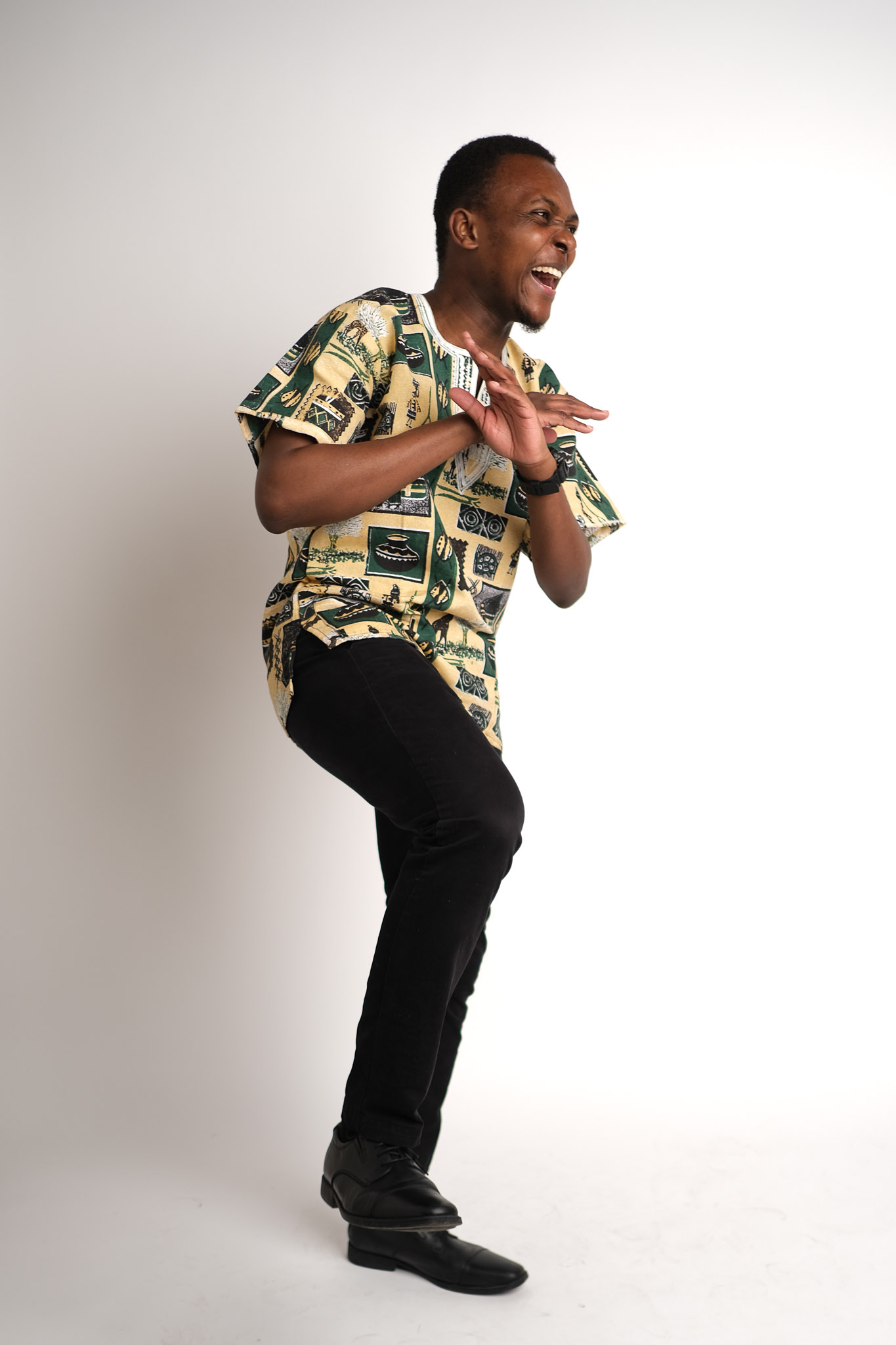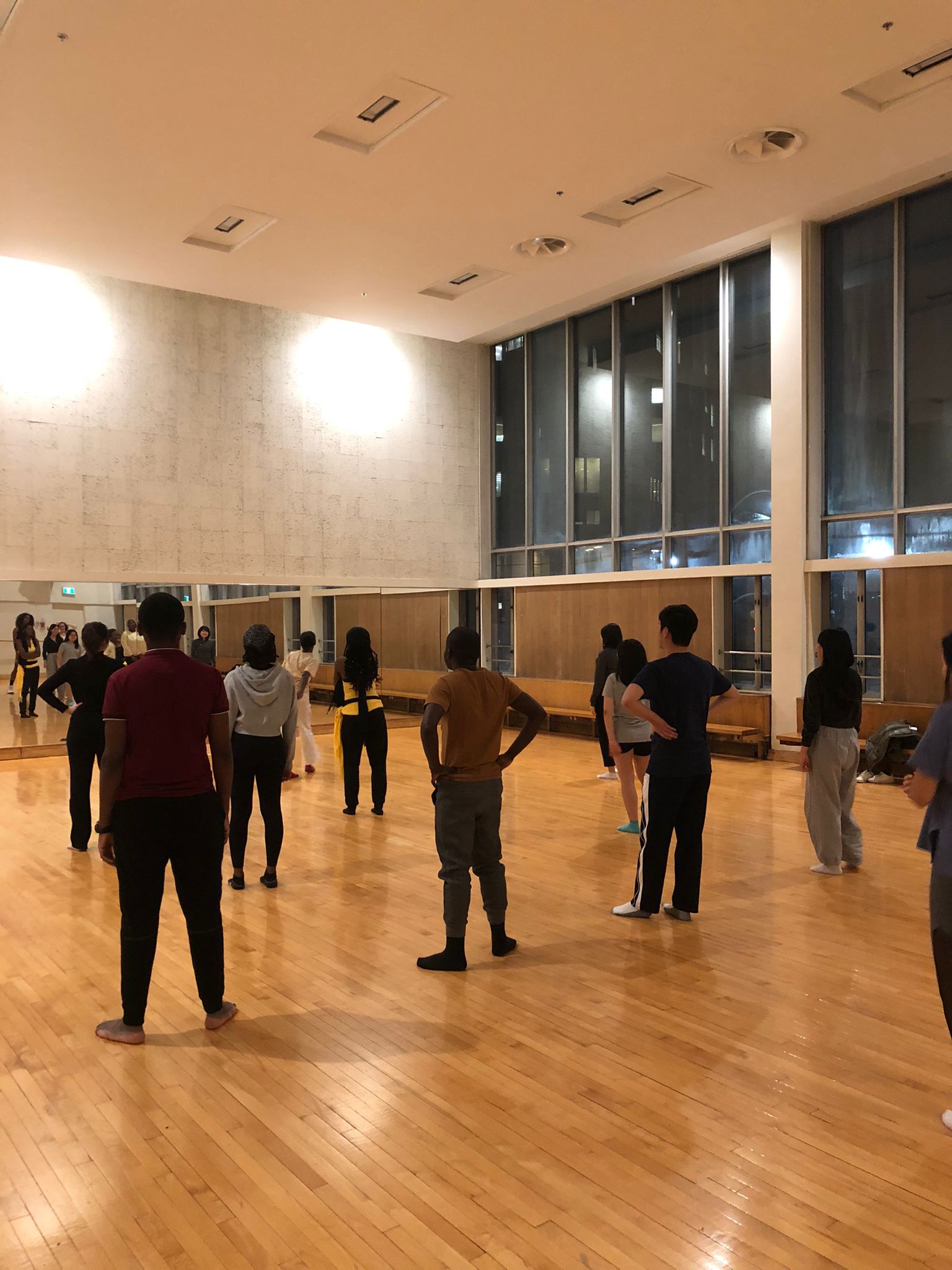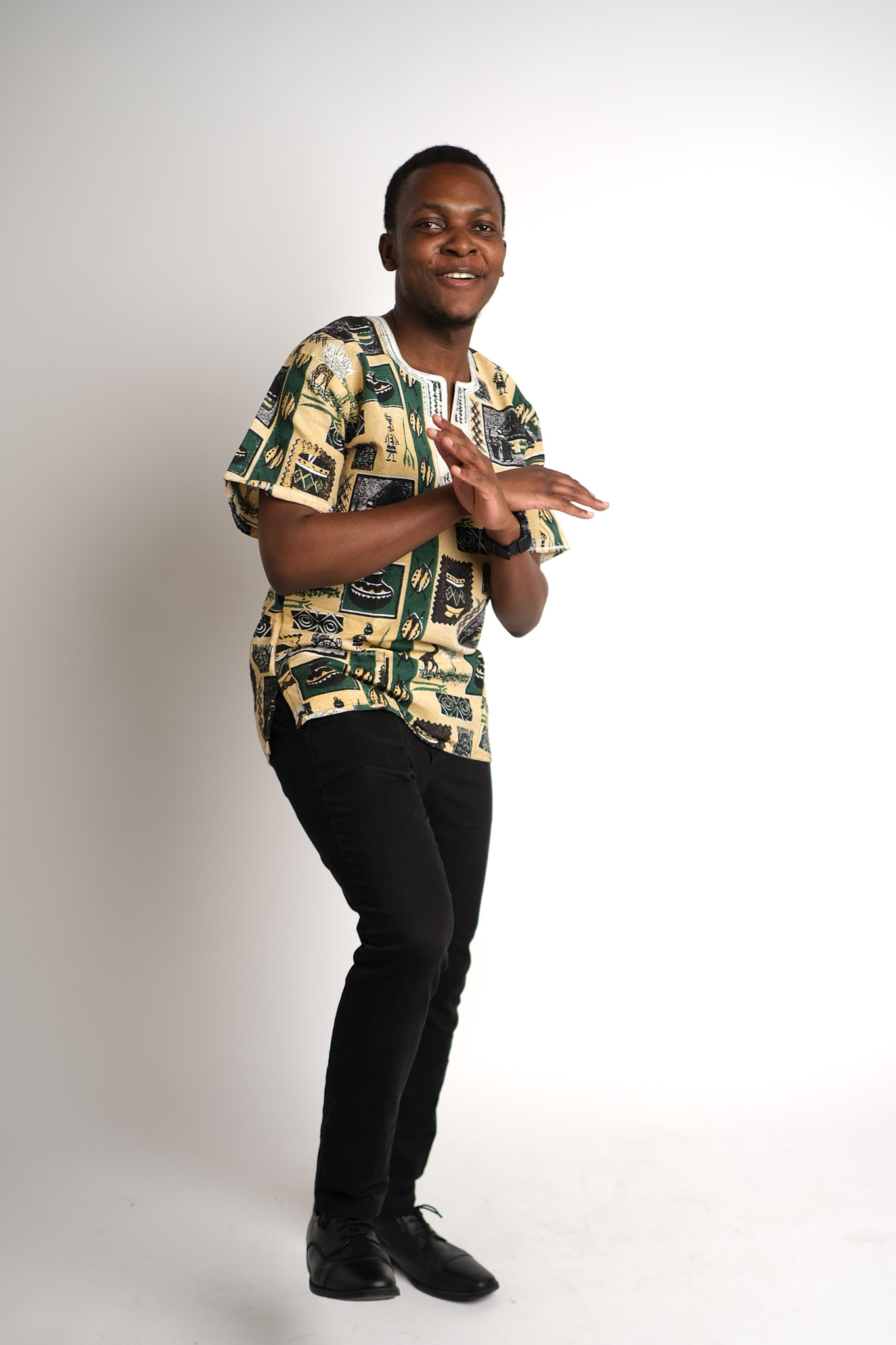Meet Cecil Chikezie, a dedicated PhD candidate in Biomedical Engineering at the University of Toronto, driven by a passion for improving healthcare outcomes globally. With a background in Mechanical Engineering and Bioengineering, Cecil’s journey to pursuing a doctoral degree was influenced by his industry experience, where he witnessed firsthand the critical importance of patient safety and quality improvement. Currently, Cecil’s research in the HumanEra lab under Professor Patricia Trbovich focuses on analyzing surgical errors in operating rooms to develop interventions aimed at enhancing patient safety. Beyond academia, Cecil’s initiatives such as Eco Makaa, which addresses respiratory infections through sustainable fuel-briquettes, reflect his commitment to community health. Transitioning from Kenya to Canada, Cecil navigated challenges with resilience, finding support through university networks and community engagement. Through his diverse interests, including organizing cultural dance workshops, Cecil embodies a multifaceted approach to academic and extracurricular pursuits, aiming to make a meaningful impact on healthcare and cultural exchange.
Can you briefly talk about your academic background? What led you to want to pursue a Ph.D. degree in biomedical engineering?
I completed my Bachelor of Science in Mechanical Engineering at the University of Nairobi. Thereafter, I was admitted to the University of California, Berkeley, where I pursued a Master of Engineering in Bioengineering.
After my Master, I worked as a Manufacturing Engineer at a biomedical company where I focused on the production of thrombectomy catheters. Industry experience exposed me to the fact that a lot of the devices that were created were not used in the way that the manufacturer had intended. For example, catheters that were developed for one-time usage were sterilized and re-used in some developing countries. This in turn increased patient safety risks. Due to this, I applied and was accepted into the University of Toronto to pursue a PhD in Biomedical Engineering with a focus on human factors, patient safety and quality improvement.
What kind of research are you currently doing?
I am a PhD student in the HumanEra lab, which is led by Professor Patricia Trbovich. Our work focuses on holistically capturing the interactions between people, technology, the environments in which they work, and the processes they facilitate. This is with the aim of building better healthcare systems.
My research focuses on surgical errors in the operating rooms (ORs). These errors are a major contributor to patient injuries which remain frequent and preventable in about half of the surgical cases. The errors result from the interaction between system factors that coalesce to create safety threats. Therefore, my research is involved in analyzing OR videos to identify the safety threats that would lead to surgical errors, with the aim of developing system-interventions to address them.

What is your goal upon graduating from the PhD program?
My goal is to improve healthcare outcomes for individuals in Kenya, Canada and globally. I will use the skills I gain through my PhD program to promote human factors, patient safety and quality improvement. I believe that access to quality healthcare is a human right for all despite the region or financial capabilities.
Additionally, prior to coming to UofT, I began an initiative called the Global Innovation Design Workshop which is a six-week program focused on biomedical equipment design for healthcare in a low-resource international setting. It links engineering students across universities and challenges them to come up with a solution to a need faced by hospitals in low-resource settings. The program is facilitated by the Engineering World Health (EWH) organization and covers concepts for biomedical design, collaboration, ethics, and entrepreneurship. I aim to build the initiative further to make it more sustainable and impactful.
Can you briefly talk about Eco Makaa?
While a student at the University of Nairobi, I founded a company brand called Eco Makaa that reduced respiratory infections caused by the smoky wood fuel. The company safeguarded the community’s health by manufacturing sustainable, smokeless fuel-briquettes made from carbonized agricultural waste. In operation, we mixed the carbonized agricultural waste with water and clay. The mixture was then fed into a compaction machine and the final product was sun-dried and used as an alternative to wood charcoal. We produced more than 15 tons of fuel-briquettes and impacted 1,193 households that would have used dirty wood fuel. It is my hope that through my PhD program I will gain requisite skills to further improve health outcomes.
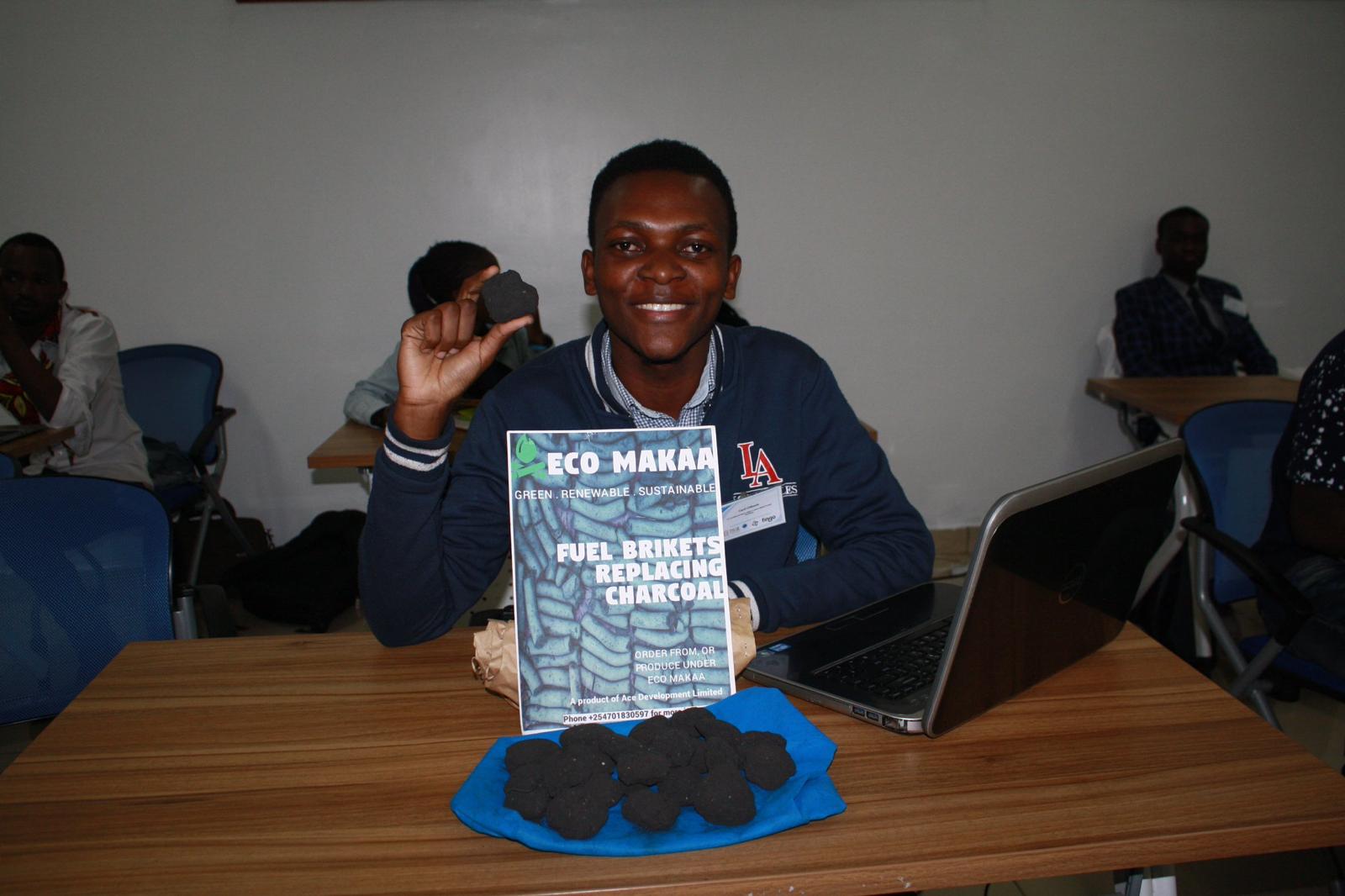
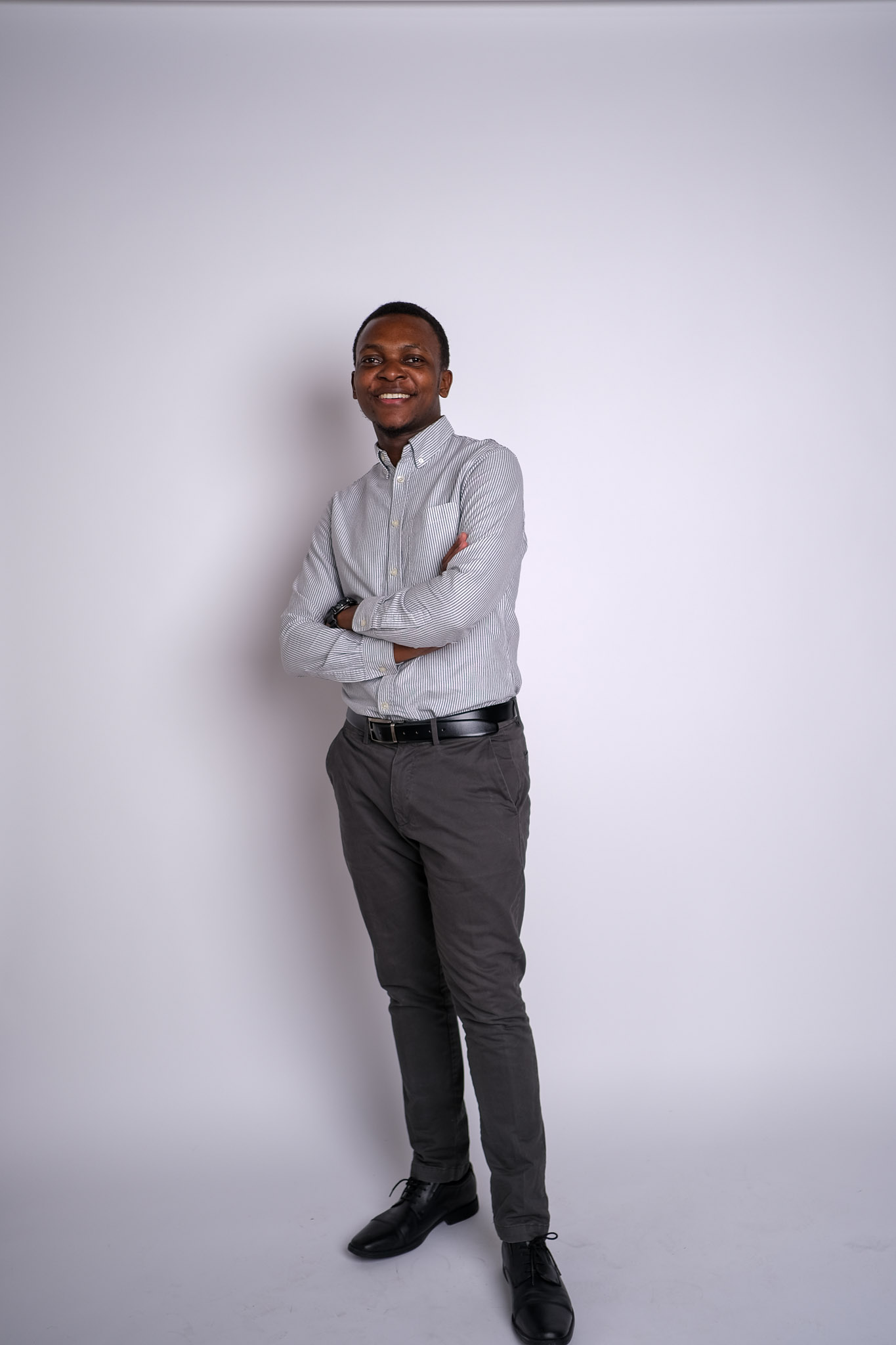
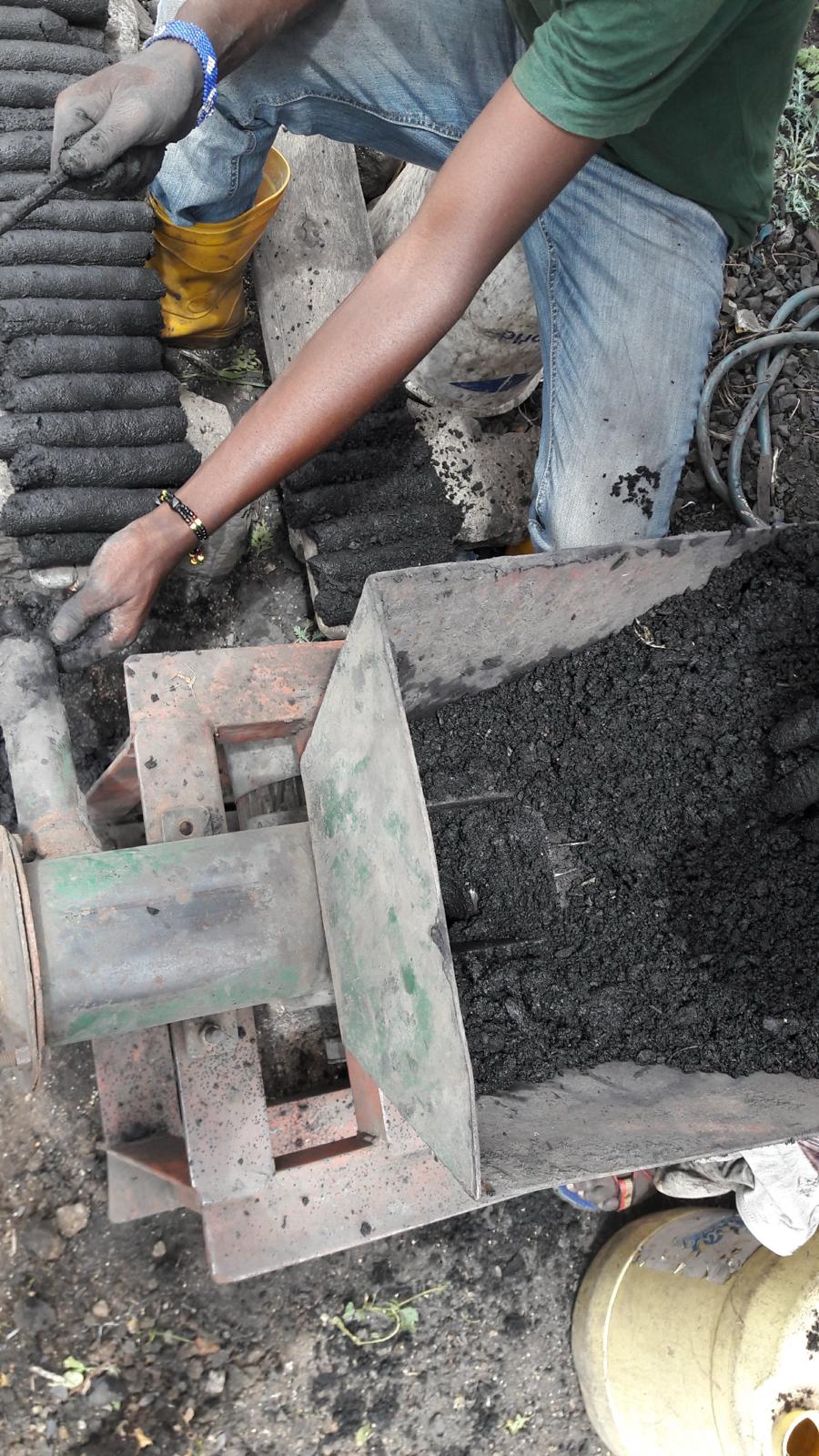
How would you describe Kenya and your home city to people who have never been there before?
Kenya is a beautiful representation of “Wakanda”. Not only is it a technology hub in Africa, but it also boasts of beautiful sceneries such as the Maasai Mara national park.
Nairobi is the capital city of Kenya. It bustles with activity. It may not have the “TTC bus system”, but it has a strong “matatu” culture, which are transport vehicles that are often painted with beautiful artwork. It may not experience the 4 seasons, but its tropical climate is one to be cherished. That is why it is referred to as the green city in the sun.
Do you speak Swahili as well? Can you teach us 1-2 local jargon used in your country/city?
Yes, Swahili is the national language that all 44 recognized tribes in Kenya speak. It is a unifying factor. The two words I will teach you are:
Kanairo:
This is a slang word referring to Nairobi, the capital city of Kenya.
Mtunguyaz:
This is a slang word to mean friend. However, the actual Swahili word for friend is “Rafiki”, like in the Lion King animation.
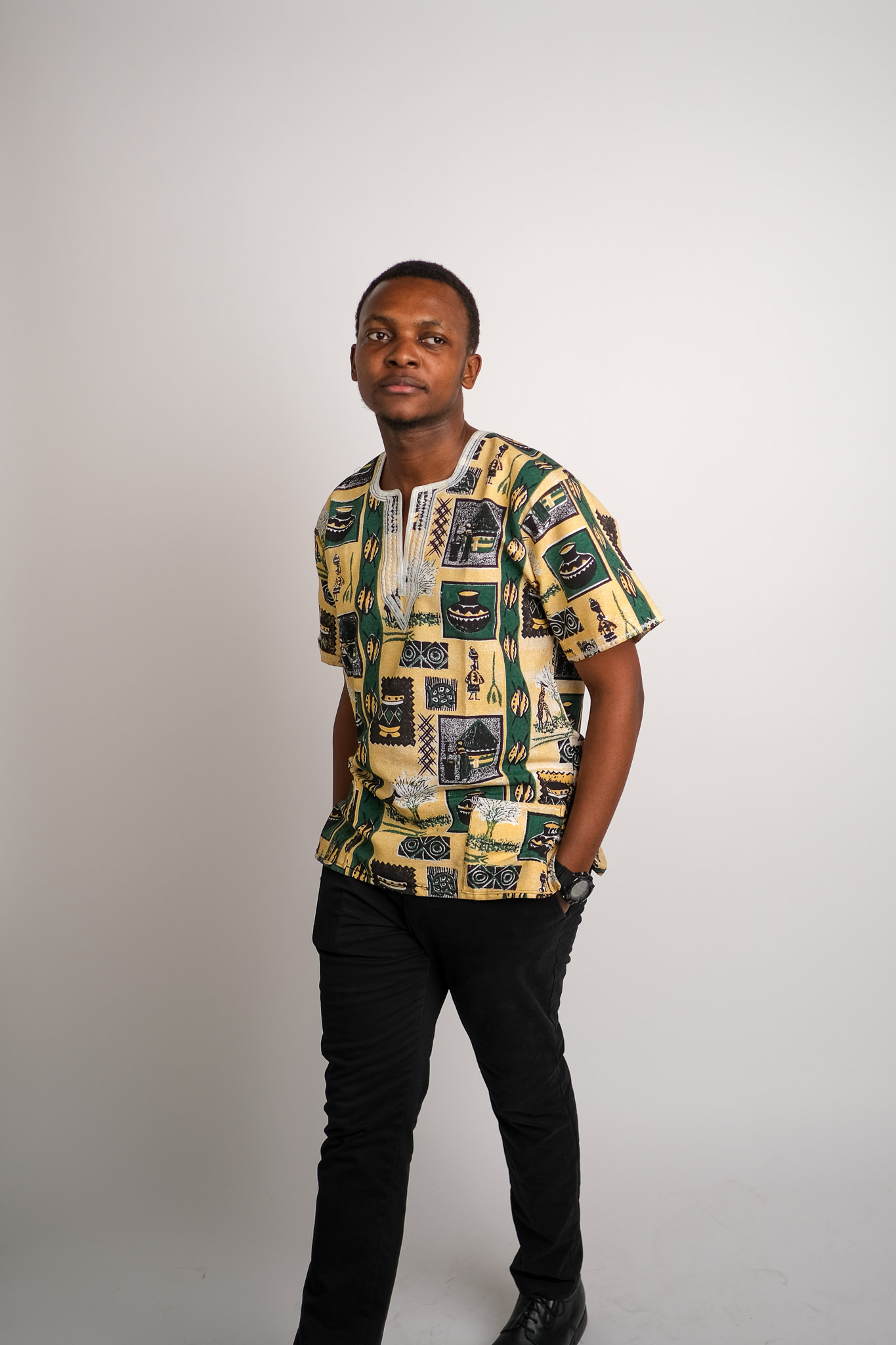
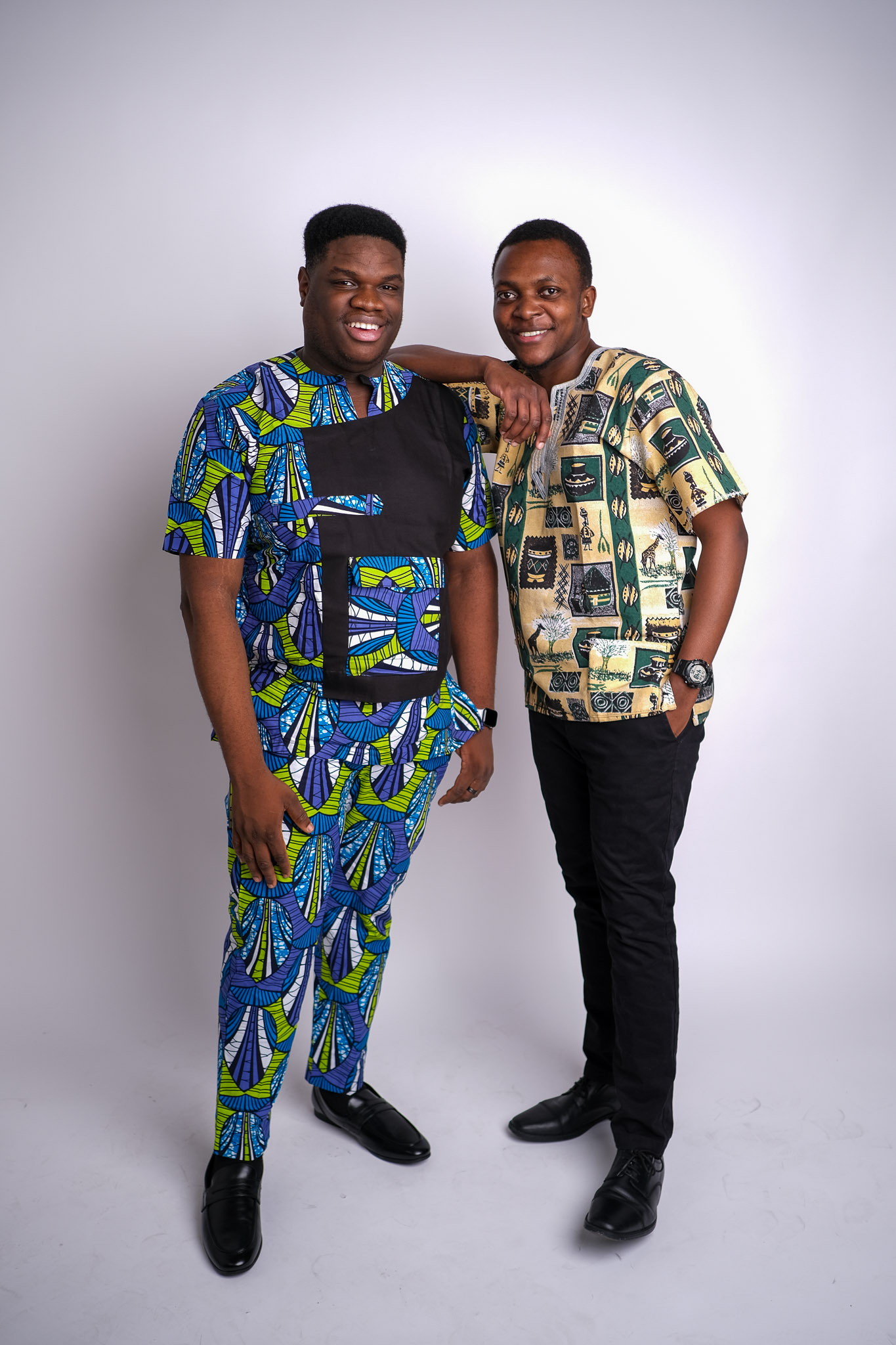
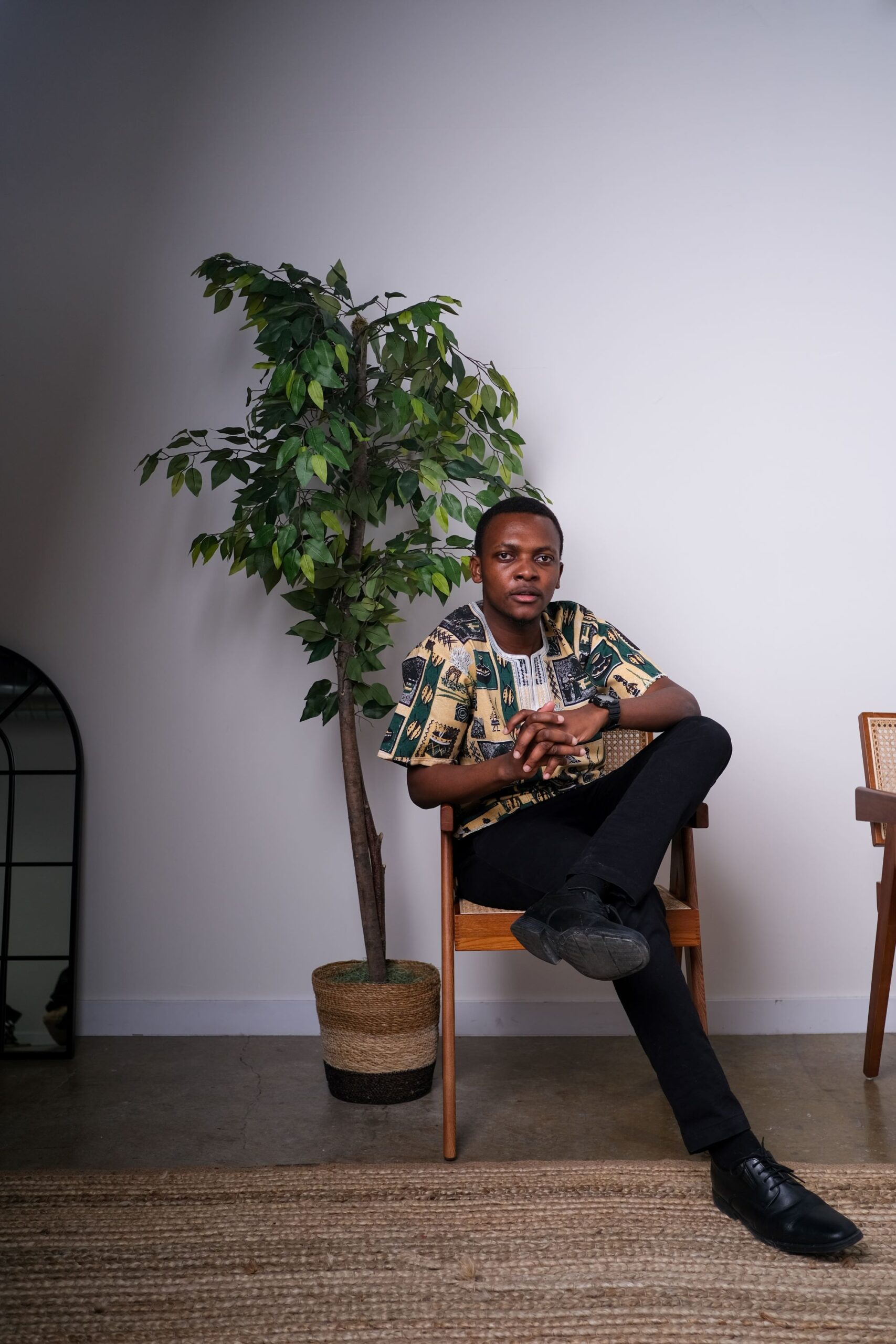
Are there any traditional attires you would like to showcase? What types of occasions would you wear them?
Today, I am wearing a Kenyan shirt made from African print fabric. One would wear this shirt when attending an official function such as a wedding or work conference. On the shirt are various items including:
A shield and spears which are also found on the Kenyan flag. They symbolize unity and the defense of freedom.
A giraffe which is representative of the diverse wildlife Kenya has to offer. A must go to place is the Nairobi National Park which is the only national park found in a capital city globally.
A drum which represents the rich musical culture in Kenya that brings everyone together. Search for some local “Ohangla” music, you may be pleasantly surprised.
A woman carrying a pot which signifies the Kenyan people who are hardworking and determined to create a better life for themselves and their community.

Are you involved in any other extracurricular activities?
I am a lover of the arts, especially music. This month, I am hosting a dance workshop called “Afro Beat TikTok 101”. This is a fun, relaxed session where international and local students get together to learn about African music and practice their TikTok dances which trended over the past year.
Students meet weekly for 1-hour dance sessions facilitated by an instructor at the Athletic Centre dance studio. The sessions begin with a brief introduction to the music/musician. Immediately after the dance session, we provide a dinner based on dishes from the music’s country of origin.
I organized Afro Beat TikTok 101 as part of the ISE Design Challenge by the Centre for International Experience. The project is in collaboration with Student Life, MoveU – Sports and Rec, and the ADC Club.
